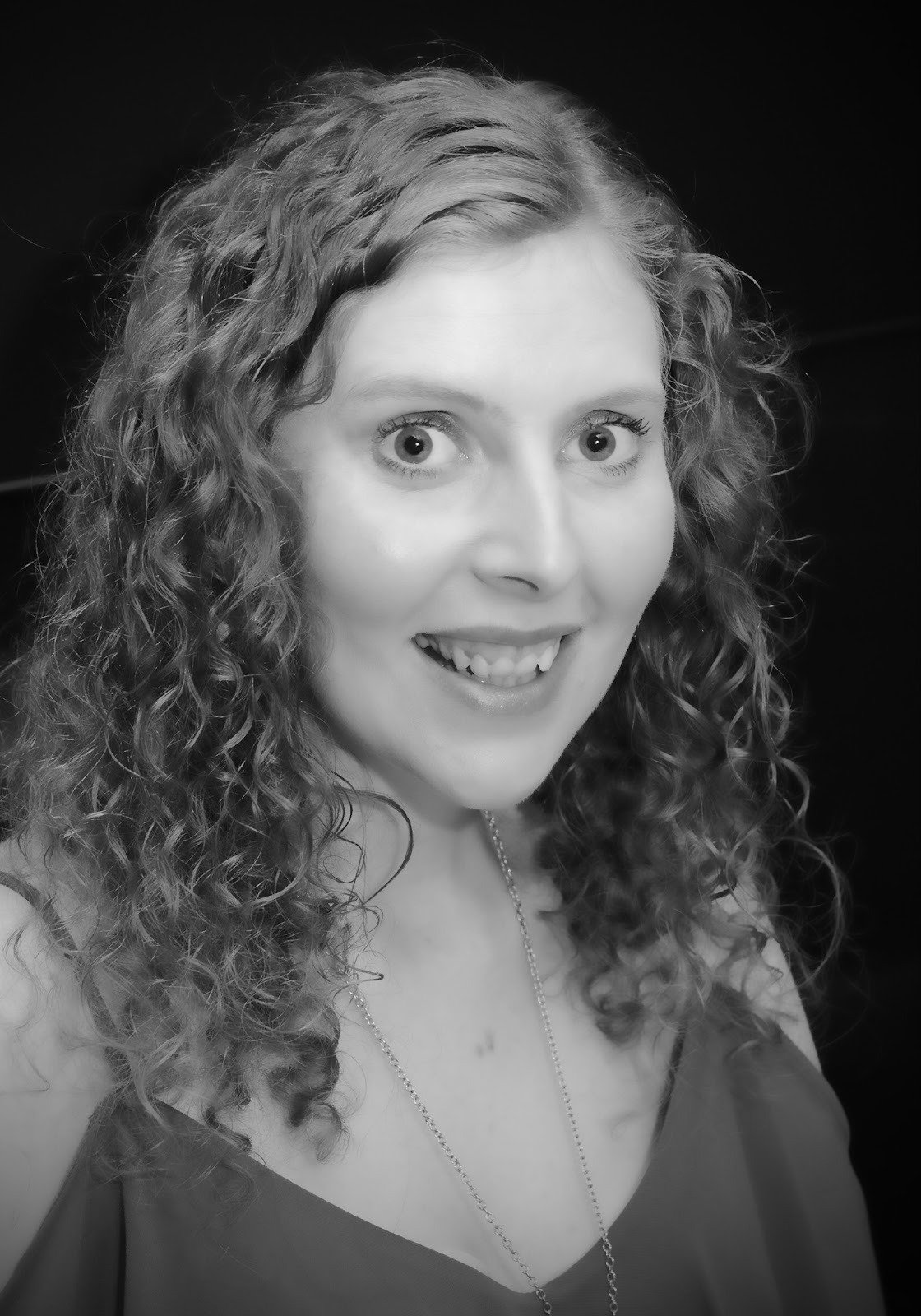The Denary, Binary & Hexadecimal Number Systems
- In Computer Science there are 3 numbering systems used to represent data:
- Denary
- Binary
- Hexadecimal
The Denary Number System
- The denary number system, also known as the decimal system, is a base-10 numbering system that uses 10 digits: 0, 1, 2, 3, 4, 5, 6, 7, 8, and 9
- Denary numbers can be used to represent any quantity, including whole numbers, fractions, and decimals
- Each digit in a denary number represents a power of 10, with the rightmost digit representing 100, the next representing 101, and so on
- It is necessary to convert data from one number system to another eg. denary to binary or denary to hexadecimal
- It is much easier to do conversions with a table:
- The number 3268 (three thousand two hundred and sixty-eight) can be represented in the following table:
- The number 3268 (three thousand two hundred and sixty-eight) can be represented in the following table:

- (3 x 1000) + (2 x 100) + (6 x 10) + (8 x 1) = 3268
The Binary Number System
- The binary number system is a base-2 numbering system that uses only two digits: 0 and 1
- Each digit in a binary number represents a power of 2, with the rightmost digit representing 20, the next representing 21, and so on.
- Eg: the number 12 represented in binary is 1100:

- We know this as (1 x 8) + (1 x 4) + (0 x 2) + (0 x 1) =12
The Hexadecimal Number System:
- The hexadecimal number system is a base-16 numbering system that uses 16 digits: 0, 1, 2, 3, 4, 5, 6, 7, 8, 9, A, B, C, D, E, and F where 10 is represented by A, 11 by B and so on up to 15 represented by F
- Each digit in a hexadecimal number represents a power of 16, with the rightmost digit representing 160, the next representing 161, and so on
- E.g. the number 146 represented in hexadecimal is 92

- (0 x 4096) + (0 x 256) + (9 x 16) + (2 x 1) = 146
Exam Tip
- You need to be able to make conversions in both directions, e.g. denary to binary or binary to denary. Make sure you write the table the correct way round (with 1 in the right hand column) & use the correct number of bits in your answer (the question should tell you but use multiples of 4 bits if you’re not sure)

